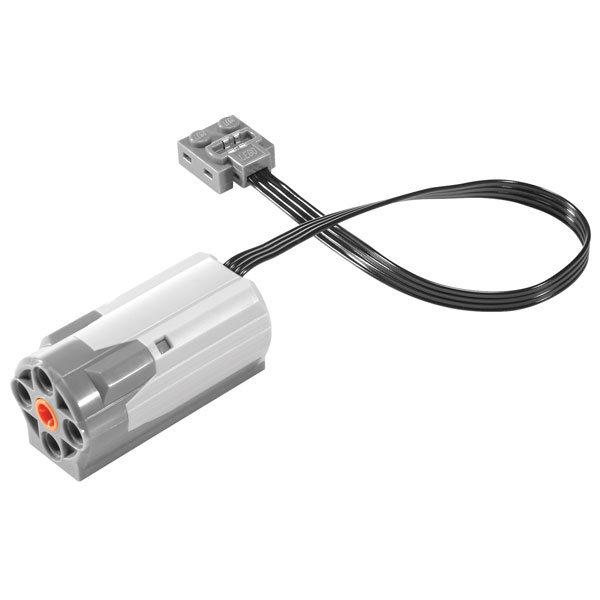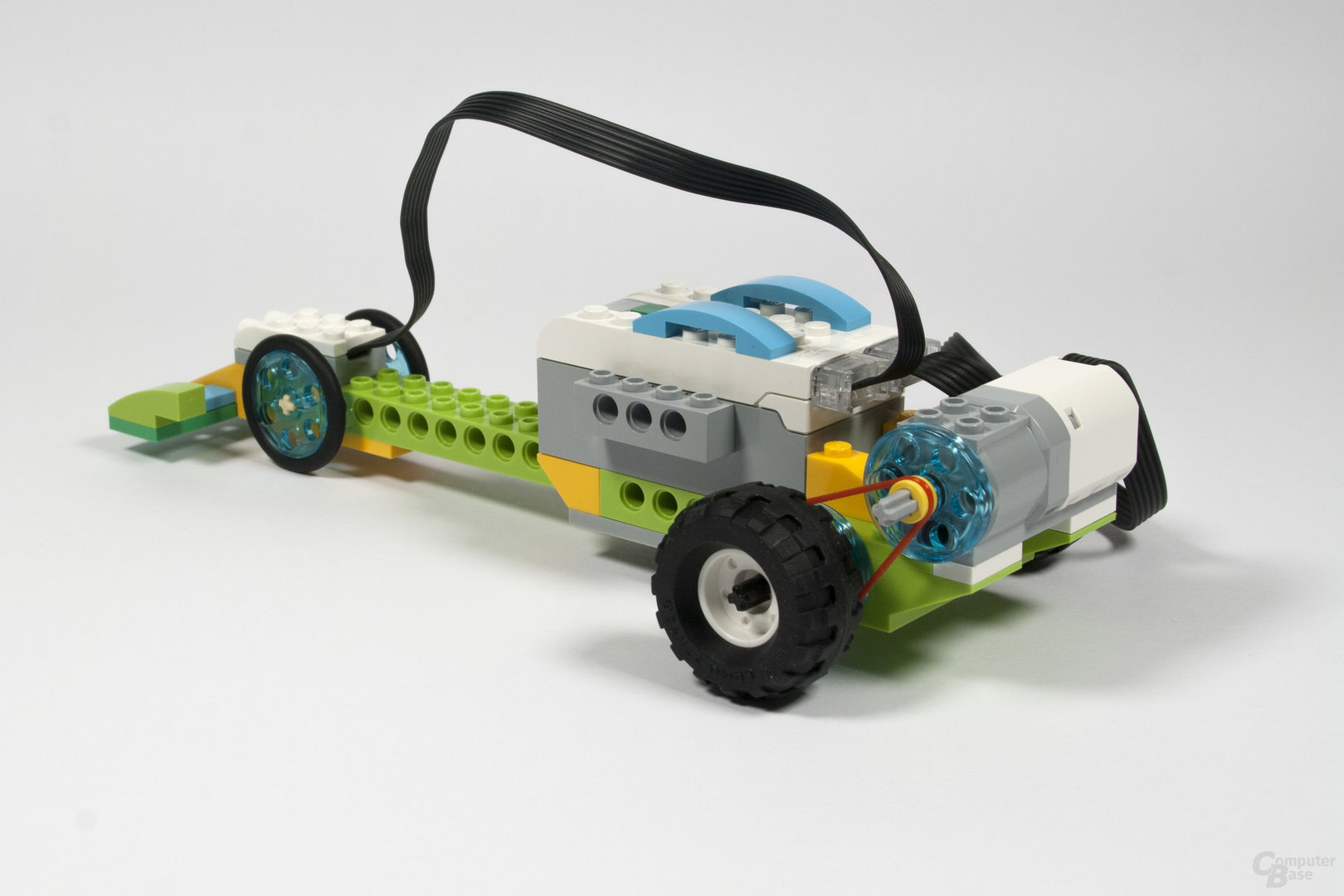

You might be able to see (and show) the flashing light using a camera phone. One of the sensor’s “eyes” emits an infrared signal that bounces off an object and is detected by the other. Technical details: The motion sensor is an active infrared (IR) sensor.

The newer version is generally easier for students to understand. As the distance increases, it shows a smaller number. One difference with the newer version is that version/software displays distance inversely. The previous motion sensor (part 9583) might still be found in schools using the older WeDo 1.0 kit. Consequently, the sensor can detect motion as well as measure distance. It is sometimes called a distance sensor. When an object moves, it changes its distance relative to another object (such as the sensor). The WeDo 2.0 motion sensor (part 45304) can detect objects up to about 15 cm away, depending on the shape of the object and its reflective properties. Motion sensor The motion (or distance) sensor for the current WeDo kit. These sensors give students the opportunity to experience how robots sense the world around them.

Looking for ways to get started with WeDo? This collection of handouts explores each of the WeDo components - motor, distance sensor, tilt sensor - in a short project.


 0 kommentar(er)
0 kommentar(er)
